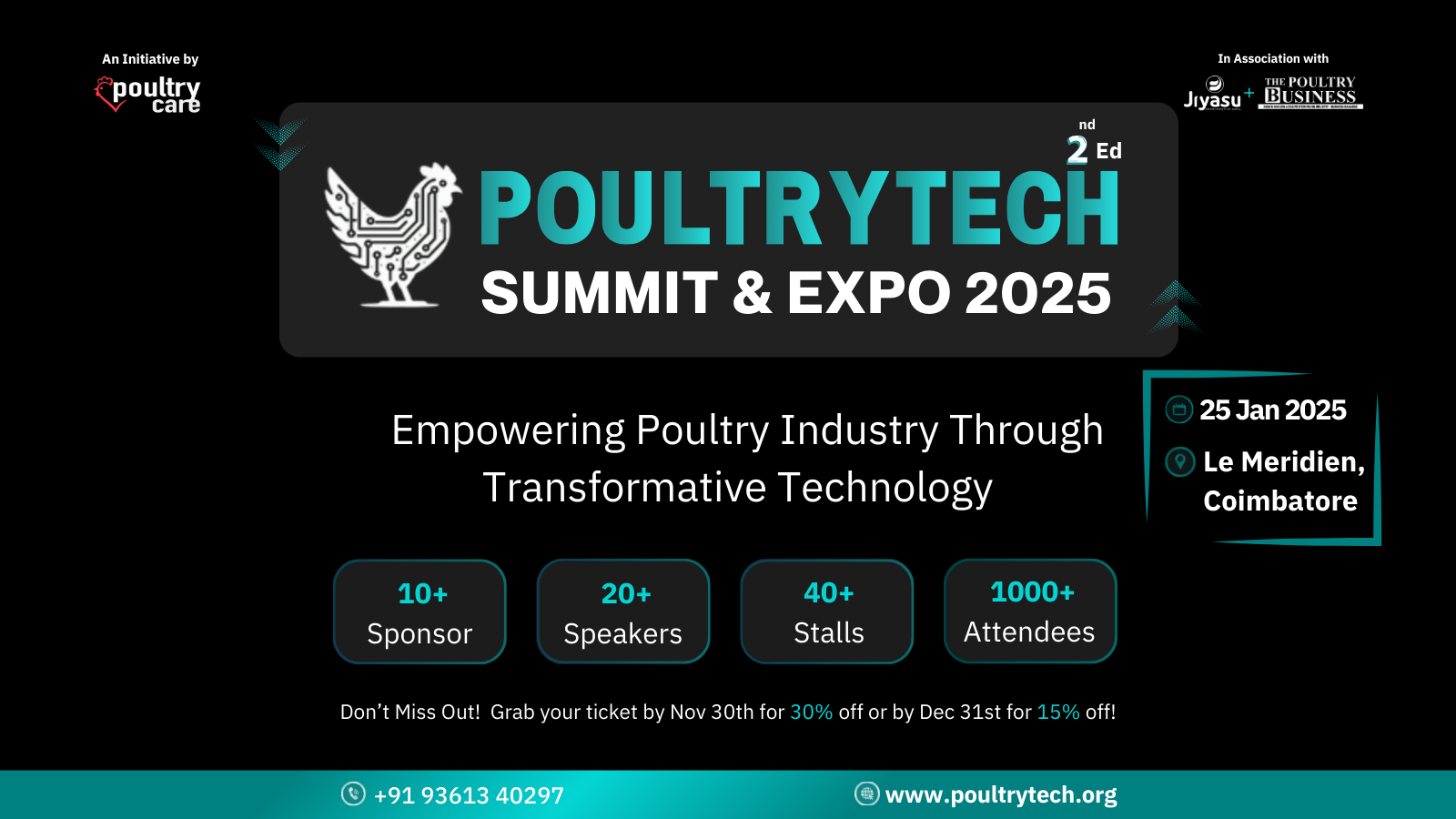Managing costs effectively is a major challenge for poultry feed mill owners and farmers. One of the key factors that influence your profitability is understanding exactly how much it costs to produce each kilogram of feed. Without clear visibility of these costs, it is difficult to control expenses, price your product competitively, or identify areas where savings can be made. In my experience working with poultry farmers and integrating technology in the industry, I have realized that tracking per kilogram cost is not just an accounting task but a strategic tool that empowers better decision-making. This blog explains why and how you should track per kilogram costs to improve profitability in your feed mill operations.
Why Tracking Per Kilogram Cost Matters in Feed Mill Management
Feed production involves multiple variable and fixed costs such as raw materials, labor, energy, packaging, and transportation. If these costs are not broken down per kilogram of feed produced, you risk underestimating expenses or pricing your product too low or high. Accurate cost tracking ensures transparency, helps identify inefficiencies, and supports realistic profit margin calculations. Knowing your true per kilogram cost also allows you to forecast better, plan procurement effectively, and negotiate with suppliers based on actual data.
Common Challenges in Calculating Per Kilogram Cost
Many poultry farmers still rely on rough estimates or monthly average costing, which can be misleading. Variations in raw material prices, fluctuations in production volume, and hidden costs like machine downtime or wastage often go unrecorded. This lack of detail leads to inaccurate cost assessment and missed opportunities for savings. Another common problem is manual data collection, which is time-consuming and prone to errors.
Practical Steps to Track Per Kilogram Cost Accurately
Begin by categorizing all expenses related to feed production. These include raw material purchase, labor wages, power consumption, machine maintenance, packaging, and transport. Use a simple spreadsheet or digital tool to record daily or batch-wise quantities produced and expenses incurred. Calculate cost per kilogram by dividing total cost by total production volume for each period. It is important to review and update these records regularly to capture fluctuations. Training your team to collect data consistently will improve accuracy.
For larger operations, investing in software solutions that automate cost tracking and generate reports can save time and provide deeper insights.
Using Cost Data to Improve Profitability
Once you have reliable per kilogram cost data, analyze it to identify cost drivers and wastage points. Compare costs across batches, suppliers, or time periods to find patterns. For example, higher raw material costs in certain months might suggest the need for better sourcing or storage practices. You can also calculate break-even prices, set realistic profit margins, and adjust production plans accordingly. Transparent cost data strengthens your negotiation power with buyers and suppliers and supports strategic growth decisions.
Real Life Examples from Poultry Feed Mills
I have worked closely with several poultry farmers who, after implementing per kilogram cost tracking, discovered hidden wastage and inefficiencies. Some realized that changing raw material suppliers or tweaking machine usage schedules reduced their feed cost significantly. Others improved pricing strategies that attracted more customers while maintaining profit margins. These success stories prove that detailed cost tracking is a powerful tool for sustainable business growth.
Conclusion
Tracking per kilogram cost is more than bookkeeping – it is a critical practice that drives profitability and operational excellence in poultry feed mills. By investing time and effort into accurate cost analysis, poultry farmers can control expenses, price feed competitively, and make smarter business decisions that boost long-term success. Start simple with daily tracking and build towards more advanced analysis to unlock the full potential of your feed mill business.



